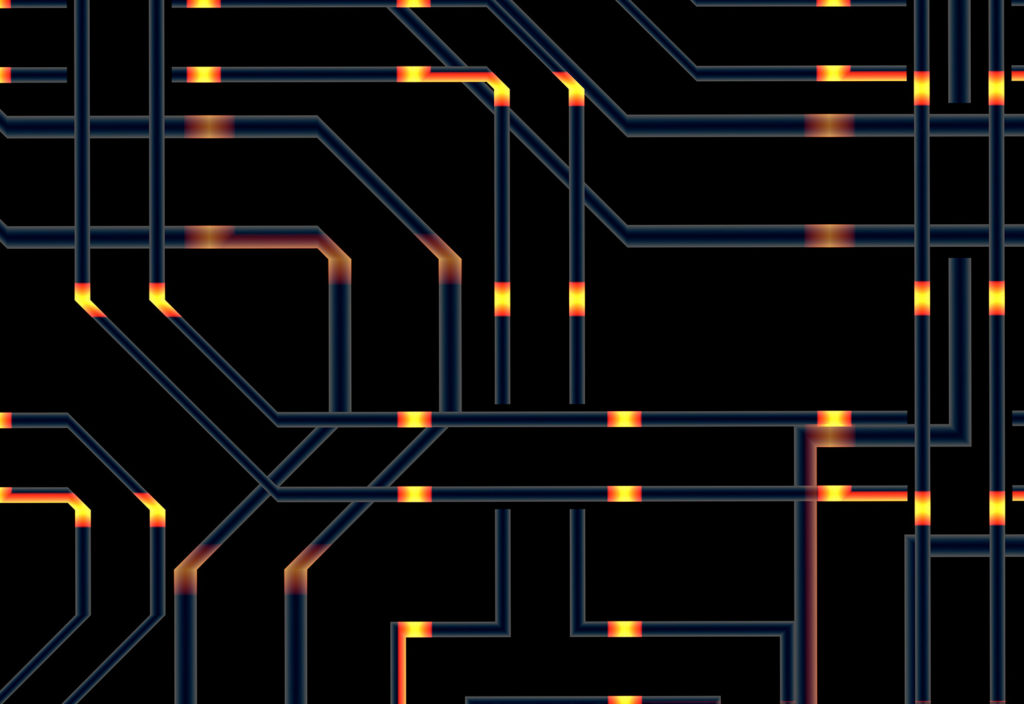A funding injection for two cutting-edge research projects will accelerate the nation’s technological know-how.
Two advanced quantum science and technology projects have been awarded $1.5 million of funding through the Defence Industry Quantum Research Consortium.
An initiative of the New South Wales (NSW) Defence Innovation Network (DIN) in collaboration with a number of Australian universities, the Office of the NSW Chief Scientist and Engineer committed $1 million of the funding, while the Commonwealth Government’s Defence Science and Technology (DST) Group committed $500,000.
Director of the NSW DIN Professor Bradley Williams told create that the projects were designed to raise the level of the technology, not just to advance the science.
“The first project deals with quantum sensing of magnetic fields, also known as magnetometry. Sensing small changes to magnetic fields can be used to detect changes to a local environment and potentially determine what might have caused those changes,” he said.
“The second project involves quantum-enabled secure communication. Secure communication is critical to the financial sector and to other areas where the integrity of data and other transmitted information is essential.”
The projects will be led by teams drawn from DIN member universities, including: Macquarie University, the University of Newcastle, University of Sydney, University of Wollongong, University of New South Wales, University of Technology Sydney and Western Sydney University. Multidisciplinary teams from industry and other NSW universities will also be involved.
They have been tasked with developing two prototypes with encapsulated quantum devices within the next two years.
“From a defence point of view, it is critical for Australian forces to be equipped with the very best and most reliable technologies available,” Williams said.
“Successful delivery of these prototypes and their eventual commercialisation will ensure that the Australian Defence Force is and remains the region’s premier defence force, with improved sensing and detection abilities, in particular for undersea security.”
Typically, academics do not focus on the technology readiness level of a research project of this magnitude.
But Professor Hugh Durrant-Whyte HonFIEAus, NSW Chief Scientist and Engineer, said that in the case of these initiatives, multidisciplinary science and engineering teams from the DIN had been brought together to ensure that working prototypes were achieved within a two-year time frame.
“A wide range of new technologies will emerge in which quantum systems give us the ability to do things unattainable at the moment by current systems,” he told create.
To the ongoing success of such technological innovations, Durrant-Whyte’s office established the Sydney Quantum Academy, a collaboration between the NSW Government and four leading universities in the state.
“It is also important to ensure that we have adequate support for the start-up community, including high-end manufacturing,” added Durrant-Whyte.
